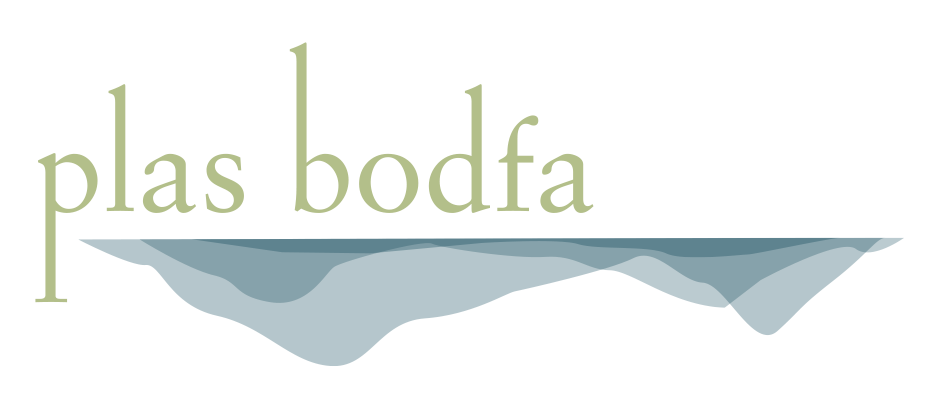Sian Hughes
An interview
with Sian Hughes
about her multiple:
'Wall Fragments’
Where did you make these multiples?
I took a clay impression from the wall I’d used in Plas Bodfa, then fired it in my studio in Llanfairfechan to make the mould.
Any interesting or funny stories in the development of these multiples?
Pulling off the 4 sections of 'Membrane' …I have used this method on weathered rock and stone to record geology and marks in latex, leaving no lasting impact on the original substrate. Here the wall was unplastered, untreated and unsealed – so it was exciting to see part of the wall itself peel away – embedded in the latex. Grains of plaster, granules of grit and even large stones all came away – and stayed in the piece. The result looked like a stratification of time – a representation of geological layering.
Tell me about your experience with Unus Multorum and/or Plas Bodfa as it relates to your multiples.
I was too late for Sui Generis and was determined not to miss this opportunity as it ties in so well with my work in abandoned buildings in Scotland, and collecting traces of past lives in Traeth Mawr, Porthmadog. I wanted to work in a way that would let the house speak, using processes that would capture it physically and come alive with detail when back-lit.
Julie was great to work with – finding the perfect window location – clambering up onto windows ledges to test and install. Nothing was too much trouble – obstacles were there to be overcome – I felt valued and I felt my work was valued. It has been such an enriching experience.
You choose to make a certain number of Objects in your edition. Why this number?
New to multiples I simply went with the suggested number.
'Membrane' is too big for anyone to own – so this is a way of having an essence of the installation - a relic of Plas Bodfa. I had not made multiples part of an installation before and I wanted to challenge myself. I see it becoming integral to my work going forward.
Where do you imagine these multiples to end up?
With someone who will enjoy the opportunity of interacting with the piece: pondering the nature of rock and stone; how a transition has been made from rock through porcelain to latex, ending in the creation of a new enigmatic artefact. You know where it’s from, you know how it’s made – but what does it say to you now? Is it landscape, bark, shell, stone?
Tell me more about the materials used in your multiple.
Why did you choose this material? What do you like about it?
I worked with porcelain and latex using the porcelain to pick up details from the wall, and latex to pick up the details from the porcelain. I pressed the porcelain clay firmly into the wall then fired it in my studio in Llanfairfechan to vitrify it to make the mould. I applied 4 layers of latex, brushing each one on carefully to build up the piece. Although they are from the same mould, each is unique.
Both these materials: porcelain and latex, are excellent at picking up detail. What makes them extra special for me, is that they can be used paper thin. The results are pieces that have an air of fragility that takes them beyond the usual plaster cast of mould making.
As I peeled off each of the latex pieces and held them, I realised they had the feel of a fragile botanical specimen. I decided to pin and frame them consistent with this tradition, focussing on the object itself to invite a closer study now they have taken on a new identity.
Why do you make things (in general)?
I am driven by the exploration of material and process - currently, how to take full advantage of the translucency of latex and porcelain through different ways of lighting the finished pieces to best reveal layers and texture.
I like the challenge and scale of installations based on location and landscape, inviting re-interpretation and re-evaluation.











